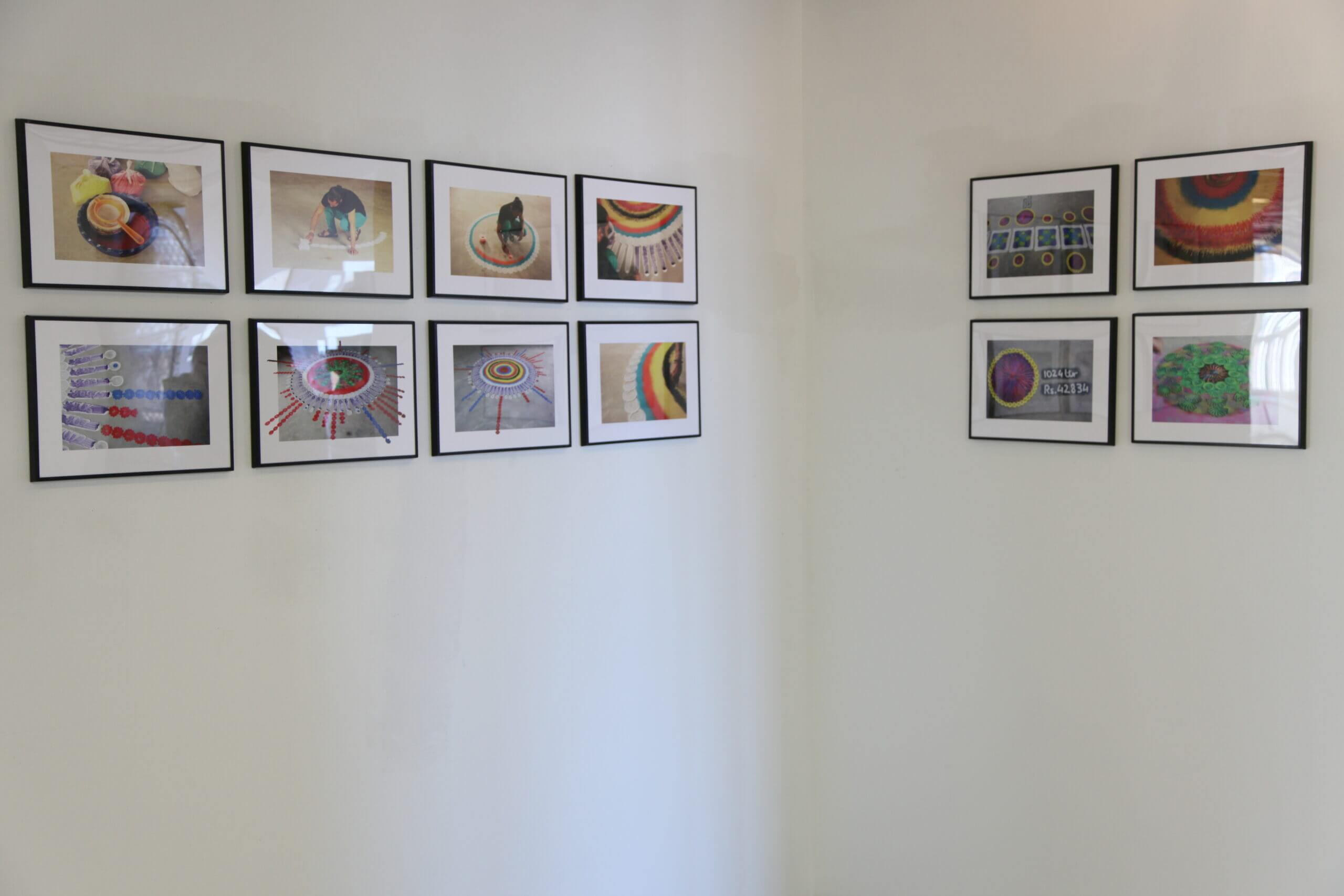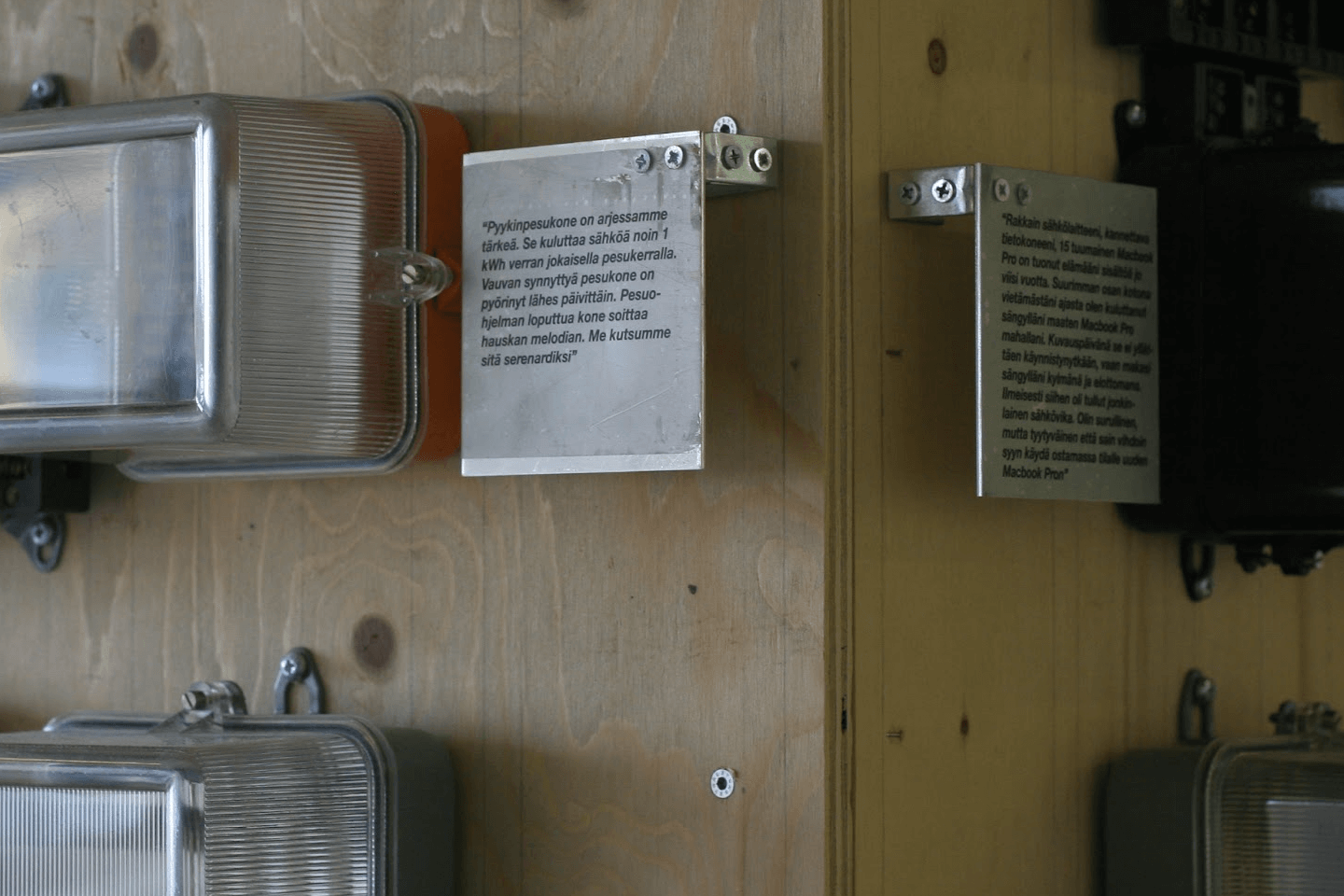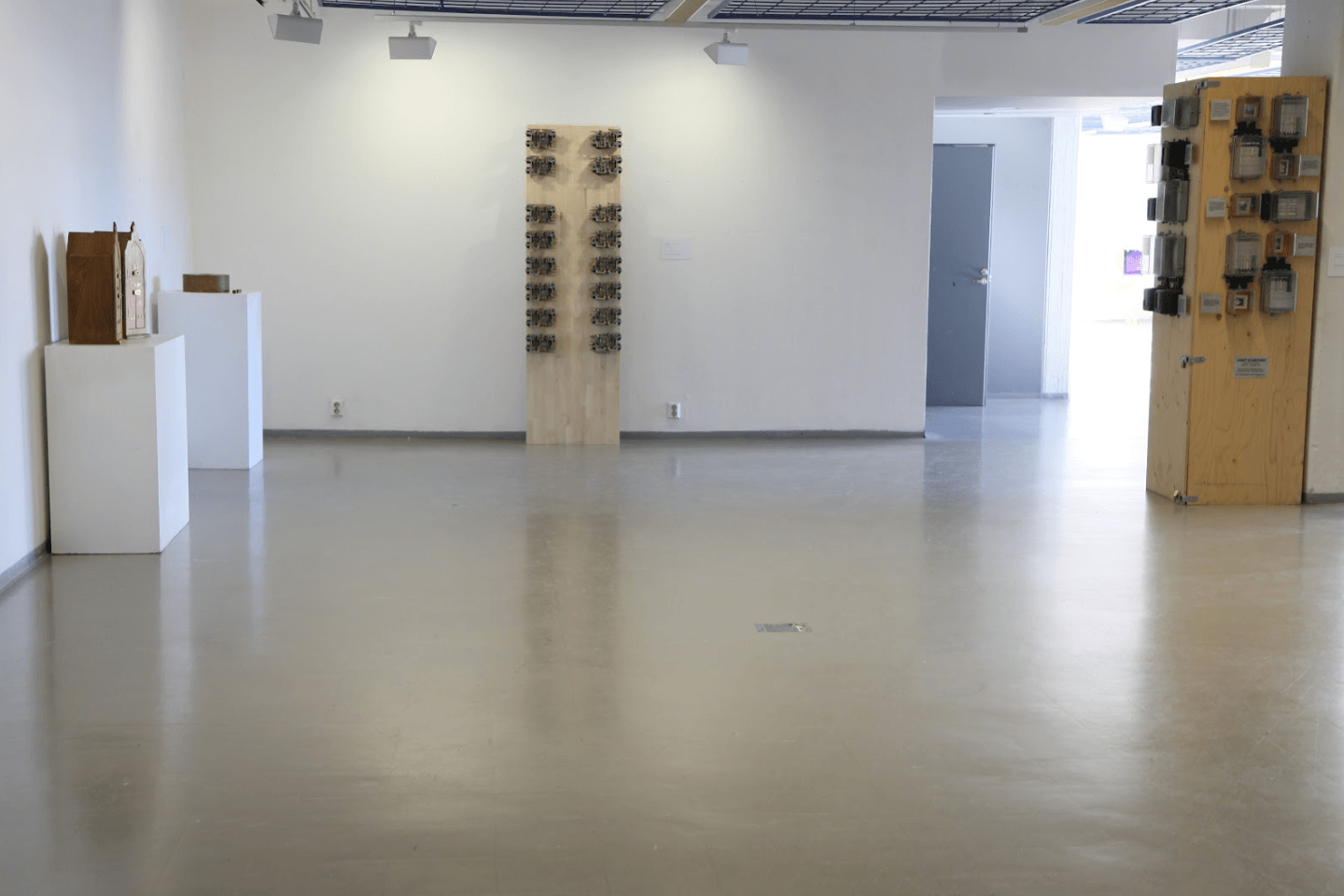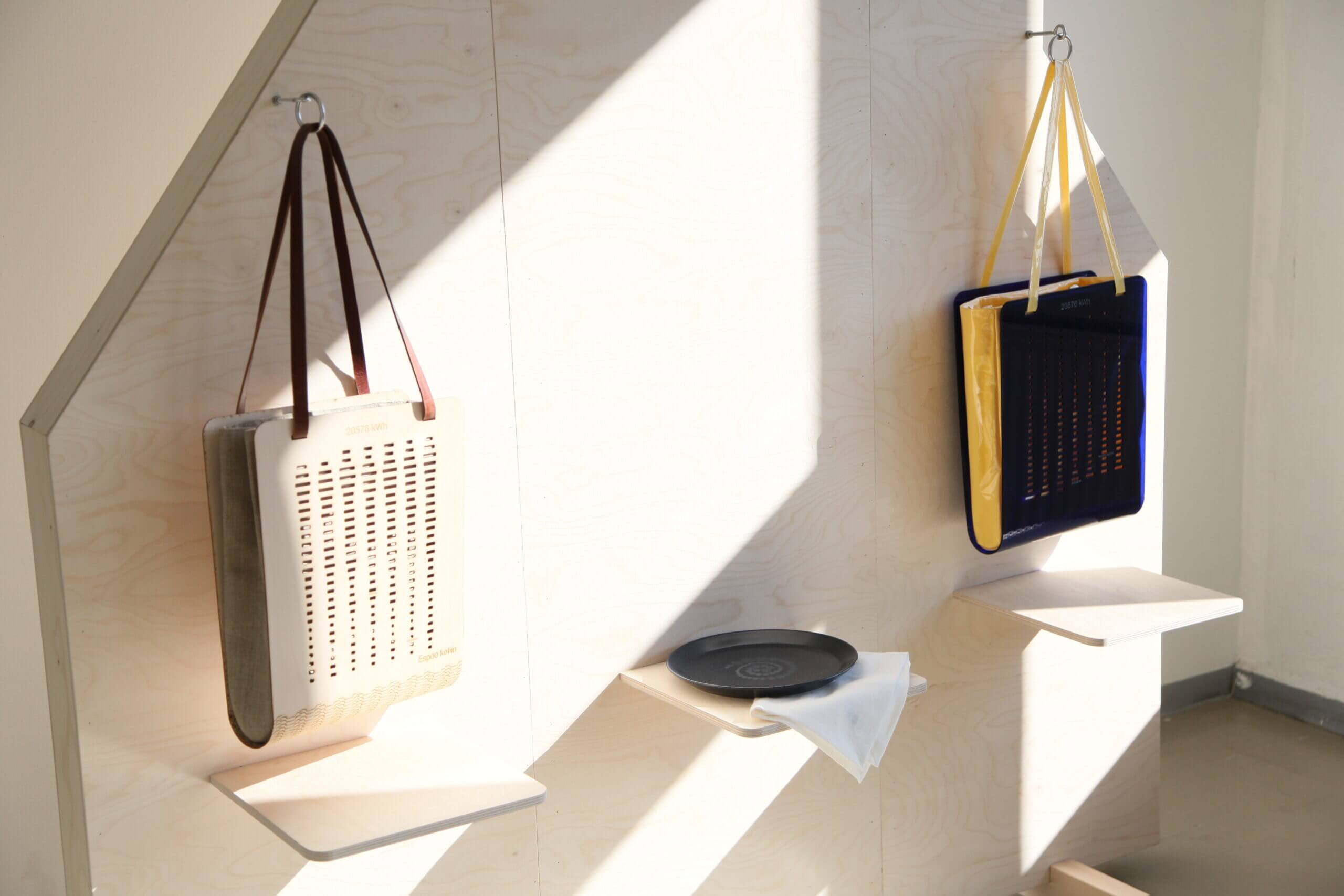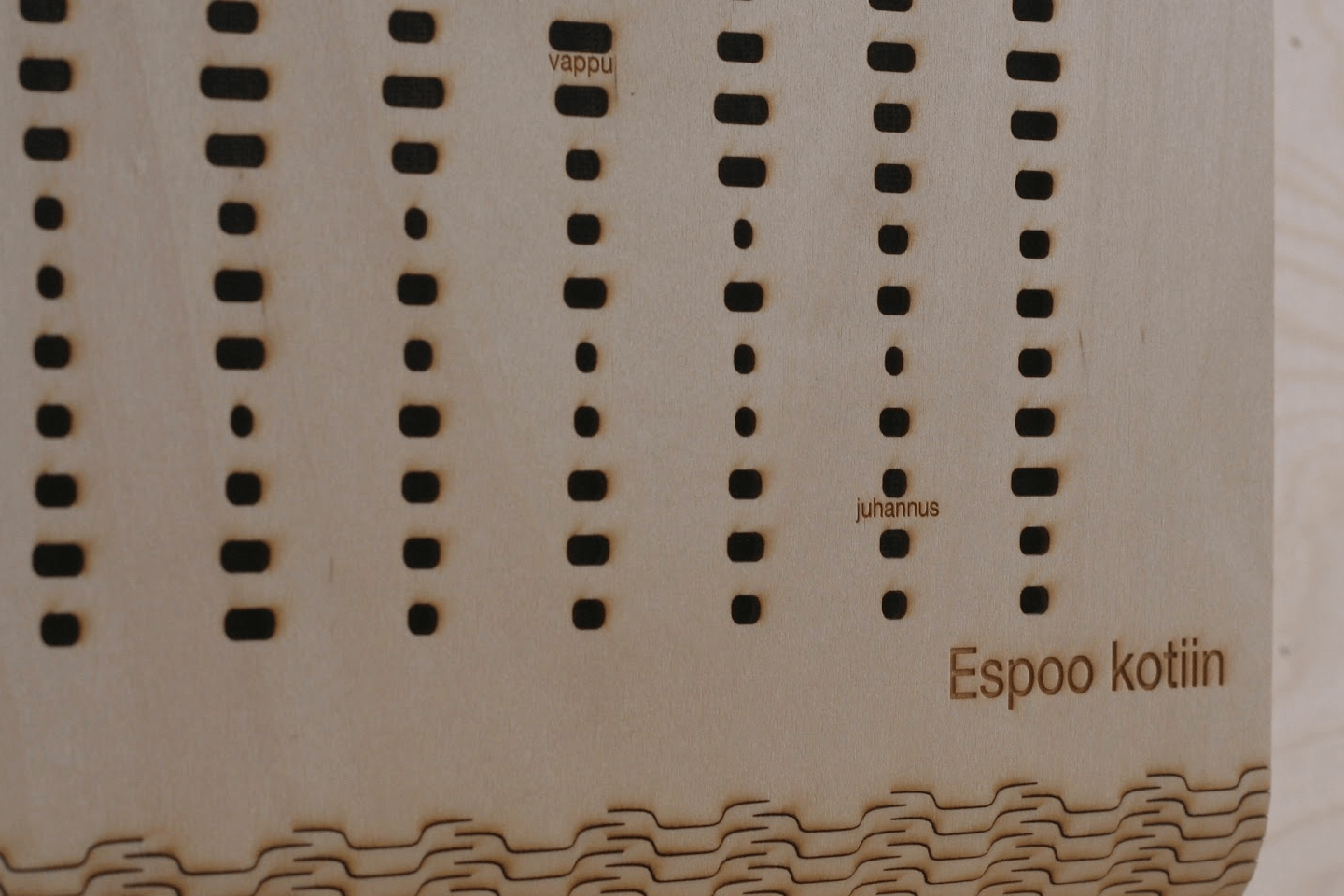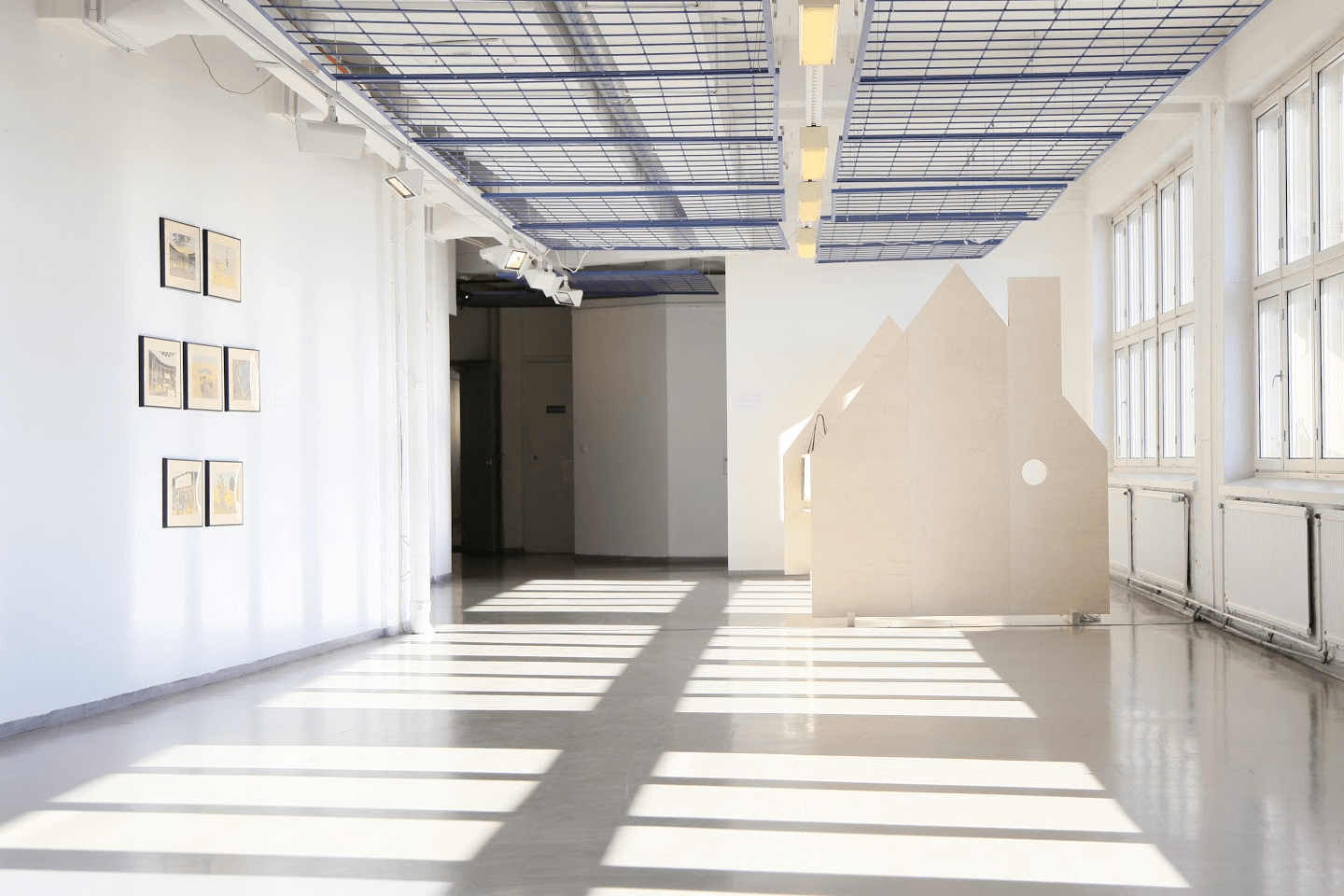- This study is built on four prior approaches from design, art and architecture, namely Empathic Design, Interrogative Design, Relational Aesthetics and Critical Regionalism
- Using these approaches, the doctoral research framed a field based energy study that utilised domestic energy use information for design practice
- Using this framework the research undertook a design practice led energy study within South Indian homes and an experiment with Finnish households
- With this process the dissertation presents the concept of the ‘Electrome’ as a dwelling process and place, with implications for dwelling with data and designing new energy services
- Access the dissertation: At Aalto Books
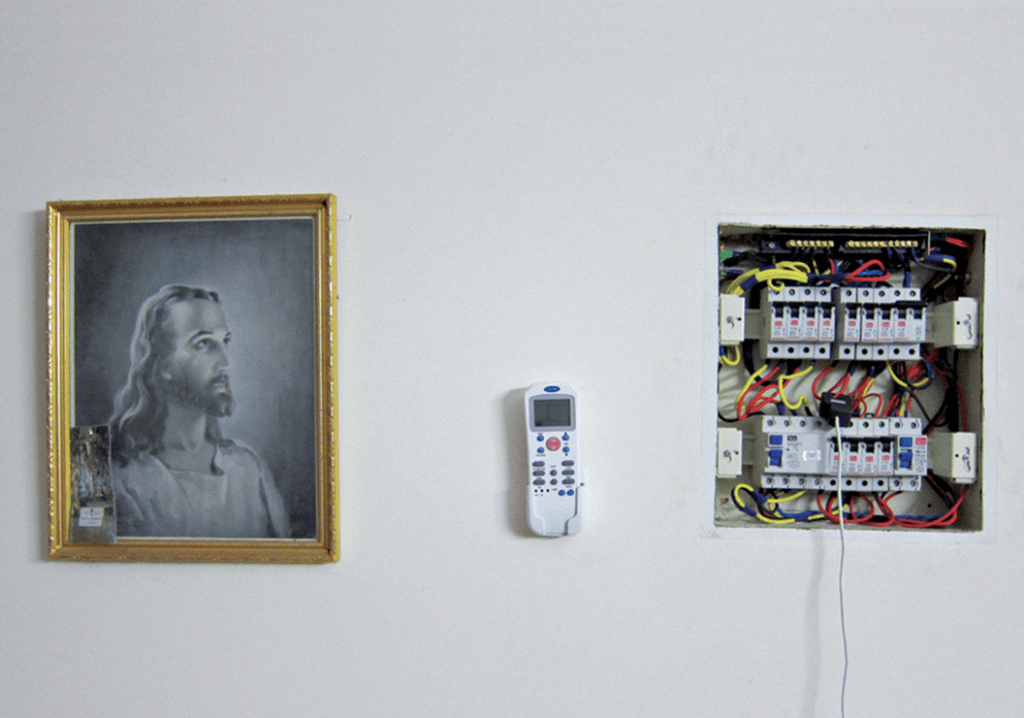
My doctoral research on the subject of home and energy use within it was undertaken as a field based study by developing a design practice-for-inquiry. It began as a field research, which for over three years gathered domestic energy consumption data from particular housing contexts and its residents in South India and in Finland. Building on theories from art, design and architecture, namely Empathic Design, Interrogative Design, Relational Aesthetics and Critical Regionalism, the inquiry framed domestic energy consumption data, as both, a matter for information privacy and as an ecological concern. Then collaboratively with the residents as stakeholders, the design practice made this data public through interventions, performances, visualisations and installations. Making private energy consumption data public, collaboratively with the participants, gave rich and deep insights on relation making. From this process what emerged as learning and contribution to energy studies and constructive design research was a design-led approach to learn and empathize how energy consumption data can affect and by design made to affect relations between people and appliances and relationships between people. The analysis revealed people’s beliefs and their justification of energy consumption, about their identities, their relationships between family members, neighbours and including human infrastructure as ‘others’; entities that make domestic living and practices meaningful and possible. The overall learnings were packaged into a concept called the ‘Electrome’, which then became a critique on dwelling-with-data.

Excerpt from the doctoral dissertation, Opening the Electrome, 2016, pg. 150
Within the Relational Aesthetics perspective (Bourriaud, 2002:13-15; Bishop, 2004:55), the rendering of “services” for relation-forming have emerged as a response to the shift from a goods- to a service-based economy. Thus, when seen from such a perspective of contemporary art, role-playing within a service prototype can be looked at as deliberating “relation-forming” through the process. Methodically and approach-wise, the relation-forming aspect has been more significant in this design process, making role-playing as an experimental service closer to the relational approach. However, what holds from both perspectives, from the user-centred design and the contemporary art perspective of relational aesthetics, is that a performative act, which is prototyped with, used and experienced by people, cannot be separated from the design intent as an object of inquiry. Thus, borrowing from both perspectives I have engaged with the everyday practices of the apartment residents.
In this manner, the design practice performed and prototyped an experimental service with the apartment residents. While on one side the performance was conceptualized as a proto-service for the residents, its concern was also to “open” the ‘Electrome’ of the participating residents as a design-centric interrogation through it. Again there was no separation between the conceptualizing of the service prototype for the residents and it becoming a process of inquiry through the means of the interrogative design. When viewed as such, the procedure holds in it what is conceptualized as being useful to others and as what the designer is looking for to further the design process. The process here was coupled as a service for others that merged with the design researcher’s intent of an inquiry. If to be empathic is to acknowledge the other, then to design in empathic terms can be seen as the shaping and forming of material or action that occurs between the others and the designer’s self. In this way, the role of the designer as a performative practitioner merges with that as a researcher. In Wodiczko’s interrogative design terms, I interpret this as “creating points and spaces of convergence for a multitude of internal and external inquiries as a critical mirror”. Thus ‘Opening the Electrome’ of the participating residents is considered as a design act, in empathic design terms, in relational design terms and also from an interrogative design perspective.
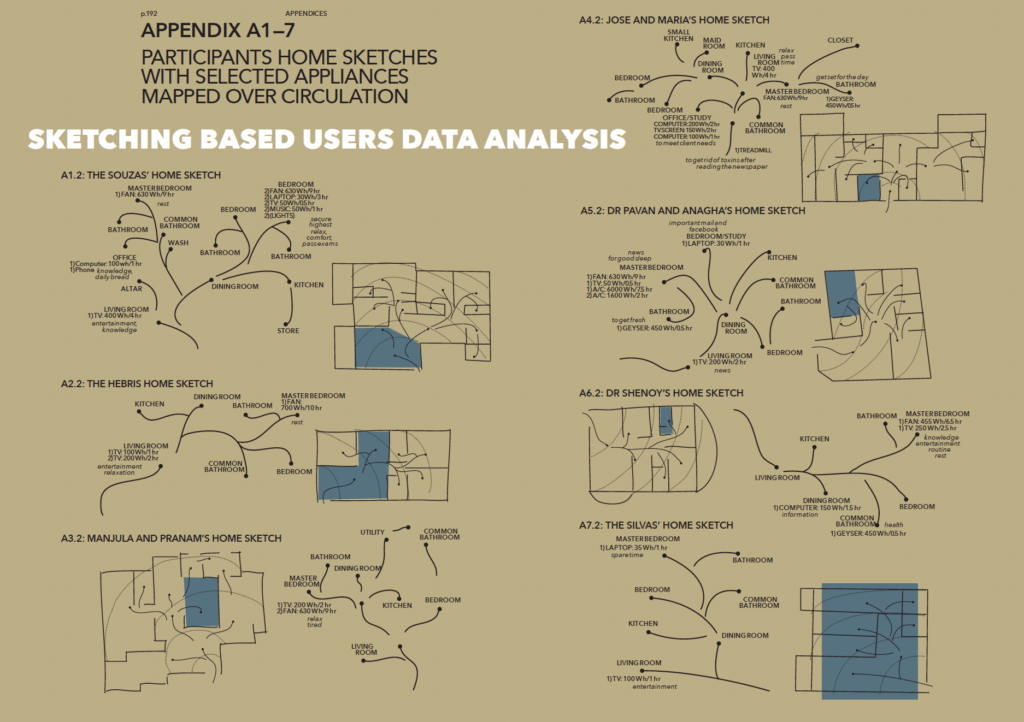
As part of the doctoral doctoral defense, and integral to the design practice led argument, I presented the output from my field based design practice as energy research. These were presented in the format of an exhibition, as data, tools and design artifacts.
Doctoral Advisors: Prof. Ilpo Koskinen and Prof. Jack Whalen
Opponent: Prof. John Vines
Prototypes support: Associate Prof. Jussi Mikkonen
Exhibition support: Martin Hackenberg, Charlie Banthorpe and Amarnath Shaw
Dissertation download: Opening the Electrome, Aalto Books



